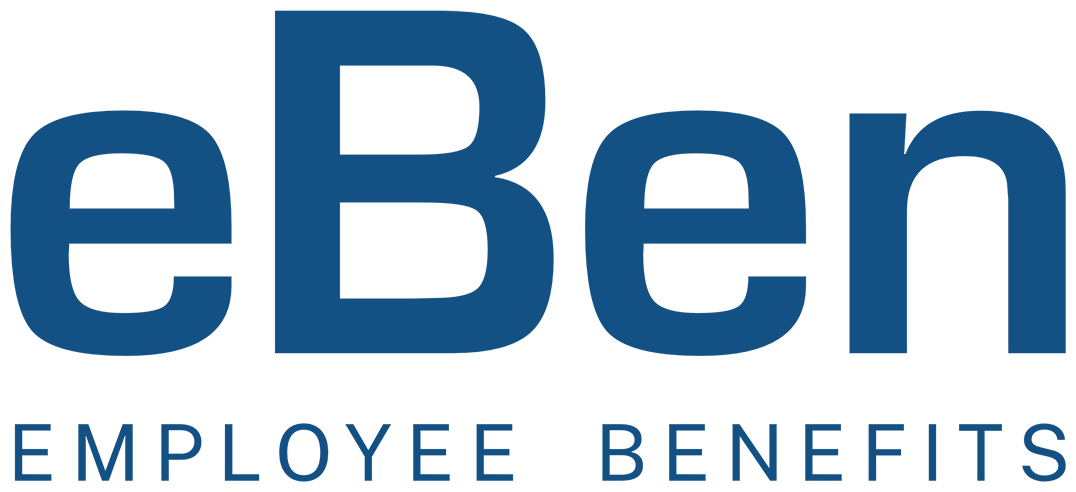If you operate a small or medium-sized business, you already understand how knowing the number of employees impacts which laws your company must legally comply with to avoid penalties. The Affordable Care Act (ACA), Family Medical Leave Act (FMLA), and other federal laws each determine which employers must offer certain benefits and protections to employees, and have a threshold for when you must comply based on the number of employees or full-time equivalents you have. Unfortunately, most have different measures.
Here’s what you need to know about tracking employee hours and how to stay in compliance with the Affordable Care Act’s mandates for Applicable Large Employers.
The Basics of Employee Hours Tracking
 Time tracking refers to how businesses record the working hours of their employees. Properly tracking employee hours serves multiple purposes, from making sure employees are paid properly to avoiding compliance issues But with many of these laws, tracking the hours employees work is only a part of the discussion; you have to also track hours of service which would include hours that an employee is being paid but not at work – while on vacation, out sick or other paid time off.
Time tracking refers to how businesses record the working hours of their employees. Properly tracking employee hours serves multiple purposes, from making sure employees are paid properly to avoiding compliance issues But with many of these laws, tracking the hours employees work is only a part of the discussion; you have to also track hours of service which would include hours that an employee is being paid but not at work – while on vacation, out sick or other paid time off.
Applicable Large Employer (ALE) and Its Significance
Under the ACA, an applicable large employer (ALE) must comply with various mandates, including offering affordable, minimum value health benefits to employees and doing reporting for employees and the IRS.
Process to Determine ALE Status
Step 1: Review hours of service for all employees during the prior calendar year to identify, for each month, the number of full-time employees (those who work 120 or more hours in that month). For each of those employees, they will be counted as one FTE.
Step 2: For any employees who worked less than 120 hours that month, the employer will calculate the number of FTEs for that group by adding the hours of service for that month and divide by 120.
Step 3: Add together the counts from Steps 1 and 2 for each month, then average over 12 calendar months.
Step 4: If the average is 50 or more for the prior calendar year, the company is an ALE and must offer coverage that is affordable and meets minimum value to all full-time employees who average 130 hours or more per month during the current calendar year and file 1094 and 1095 forms by late February of the following calendar year.
Methods for Counting Employee Hours
There are two approaches permitted under the ACA for ALEs to determine employees’ full-time status:
Look-Back Method
 The look-back method involves creating a testing period that is no less than three months and no more than 12 months. The employees’ hours of service over the testing period are calculated to determine if they averaged 130 hours per month.
The look-back method involves creating a testing period that is no less than three months and no more than 12 months. The employees’ hours of service over the testing period are calculated to determine if they averaged 130 hours per month.
This method is best suited for variable-hour, part-time, and seasonal employees as their hours can fluctuate, making the monthly measurement method impractical. While useful for full-time employees, the look-back method can be administratively complex.
Monthly Measurement Method
Under the monthly measurement method, employees are treated as full-time for any given calendar year if they have at least 130 hours of service. This method is best suited for employees with exclusively, or nearly exclusively, full-time employees with predictable hours.
While the monthly measurement method offers greater administrative simplicity than the look-back method, it’s not practical for workforces with fluctuating hours.
Compliance with IRS Reporting
Employee hours tracking is important to the compliance health of your business. To meet compliance, ALEs must submit annual reports to the IRS. Sections 6055 and 6056 of the IRS code define these reporting requirements.
IRS Sections 6055 and 6056
Requirements for Section 6055 IRS reporting include:
- Name, address, and employer identification number of the plan sponsor
- Taxpayer identification numbers for all employees covered by “minimum essential coverage”
- All months for which each employee was enrolled in “minimum essential coverage”
Requirements for Section 6056 IRS reporting include:
- Name, address, and EIN of the reporting ALE
- Calendar year of the report
- Name and phone number of the contact person acting on behalf of the ALE for 6056 reporting purposes (if applicable)
- Whether the ALE is a member of a Section 414 group
How Tracking Hours Accurately Assists with Compliance
Accurate tracking of employee hours allows businesses to properly classify workers as either part-time or full-time, which helps them comply with ACA requirements and avoid hefty penalties.
Setting Up Measurement, Administrative, and Stability Periods
ACA guidelines help companies determine who is a full-time employee, and how long and when to offer health coverage to full-time workers.
Measurement Periods
 Under the ACA, a measurement period measures the hours worked by hourly employees. The IRS considers an employee full-time if they work 130 hours or more for an entire measurement period.
Under the ACA, a measurement period measures the hours worked by hourly employees. The IRS considers an employee full-time if they work 130 hours or more for an entire measurement period.
Establishing Administrative and Stability Periods
Full-time employees must be offered health coverage for the entire stability period, which generally starts on the health plan renewal date and lasts 12 months. There is a two-month period in which employers can offer health plan coverage to full-time employees at the end of the measurement period, otherwise known as the admin period.
Optimizing the Measurement Period Length
Businesses can optimize the measurement period length by analyzing business cycles and employee work patterns. Shorter periods can quickly adjust to workforce changes, while longer periods offer predictability and stability. Find a balance between these factors to meet operational needs and compliance requirements.
Partner with eBen for Customized Benefits and HR
Accurately counting employees to determine ALE status and comply with ACA requirements allows businesses to avoid penalties and meet reporting obligations. Contact eBen today to elevate your strategy.


